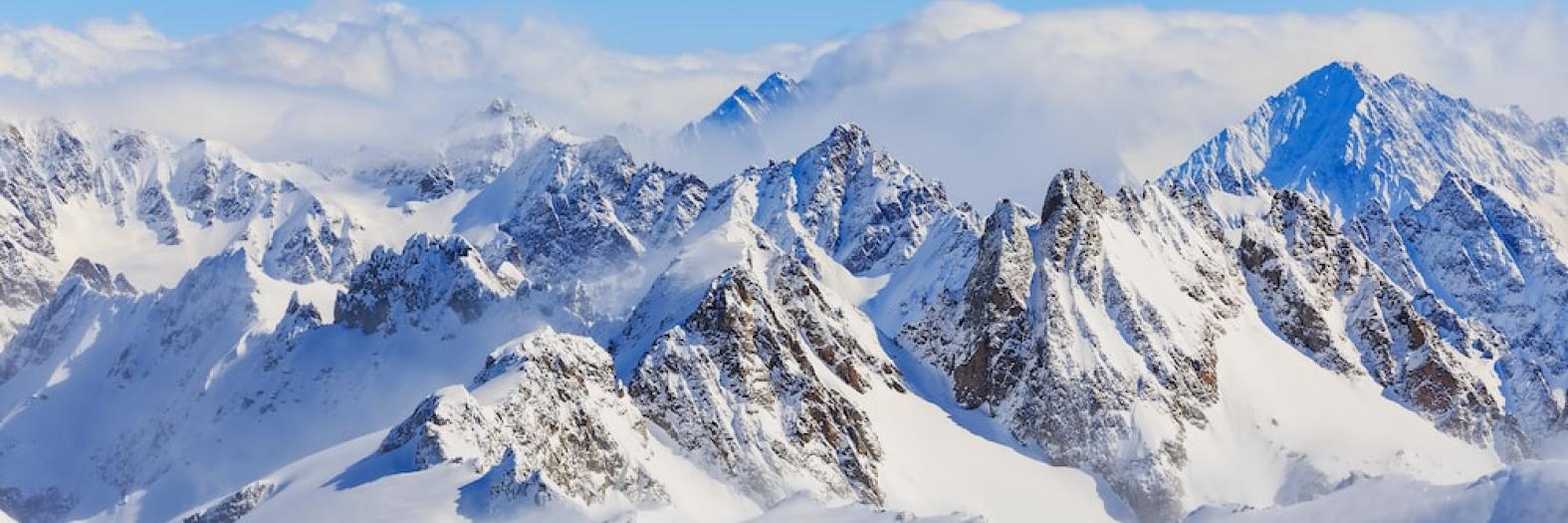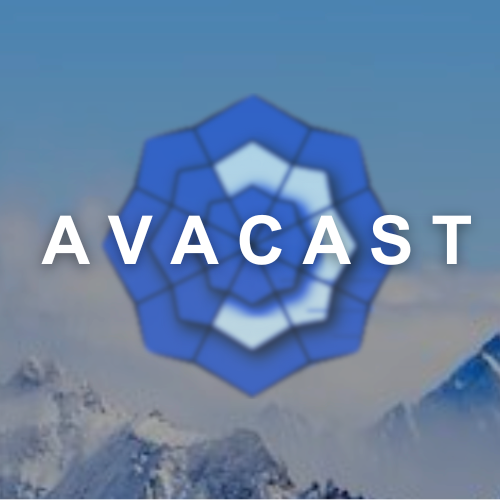AvaCast
Problem and Motivation
We are attempting to predict the likelihood of avalanches across the state of Utah. Current forecasts are conducted by human professional forecasters who unfortunately cannot guarantee 100% accuracy in their forecasts, leading to reliable, albeit largely subjective avalanche predictions across the eight regions they oversee. The primary goal at the heart of this project, is to save lives.
Our hope is to provide a supplementary solution for these forecasters to validate and reinforce their results or potentially alert them to conditions they may have overlooked, with the intention of lending a higher degree of certainty behind each of their forecasts.
Our solution is intended to not only be utilized by the forecasters themselves, but also by the backcountry mountaineers and skiers who rely on these forecasts to safely traverse the various regions around the state of Utah in the hopes of reducing avalanche accidents and deaths across the state.
Data Source and Data Science Approach
We utilized three different datasets that were scraped from public sources or acquired via API:
-
Historical Avalanche Hazard Level from the Utah Avalanche Center (Target variables)
-
Snow telemetry data from the US Department of Agriculture (Past covariate data)
-
Weather data from OpenWeather (Future covariate data)
We leveraged a Temporal Fusion Transformer model to forecast five days worth of avalanche hazard ratings within Utah mountain regions with the snow telemetry and weather data as inputs.
Evaluation
To evaluate model performance we are using Mean Absolute Error (MAE) as our accuracy measure which measures the average absolute difference between our avalanche forecast hazard rating and a target label professional forecast hazard rating (note: professional forecasters rate avalanche hazards using five levels). The MAE is applied against the targets which are based on a likert scale between 0 and 1 for five equally distributed hazard levels. We found our models perform within at least one hazard rating of a professional forecaster.
Key Learnings and Impact
Key learnings include the opportunities to further iterate on and improve the forecasting models. Examples include forecasting for each of the nine different avalanche types which can hopefully improve model performance, and furthermore, introducing a more conservative bias into our models to incorporate the uncertainty of forecasts as we get further out in time.
Acknowledgements
The project wouldn't be a success without the support and guidance of our 210 Capstone instructors, Cornelia and Alberto, and the motivation of our inspiring 210 Capstone peers.











